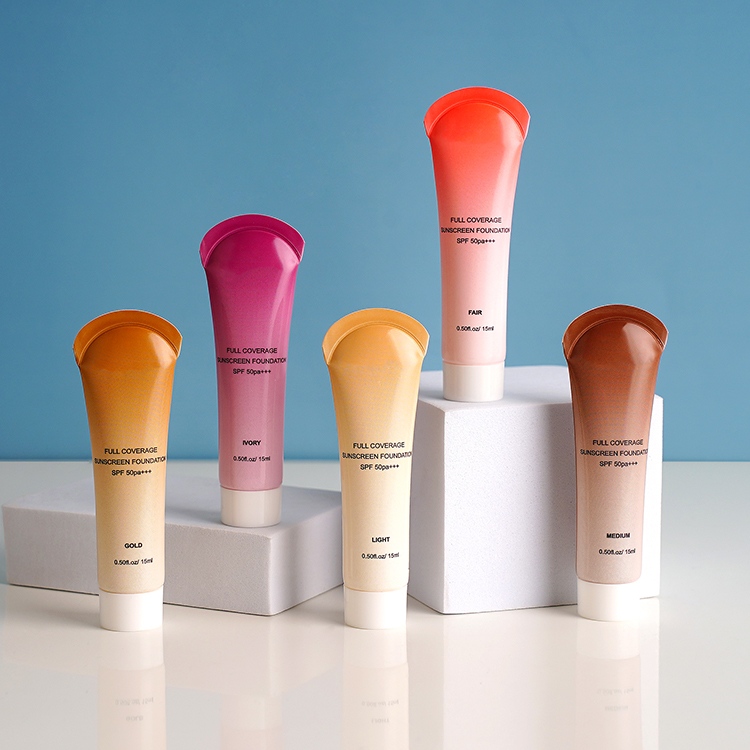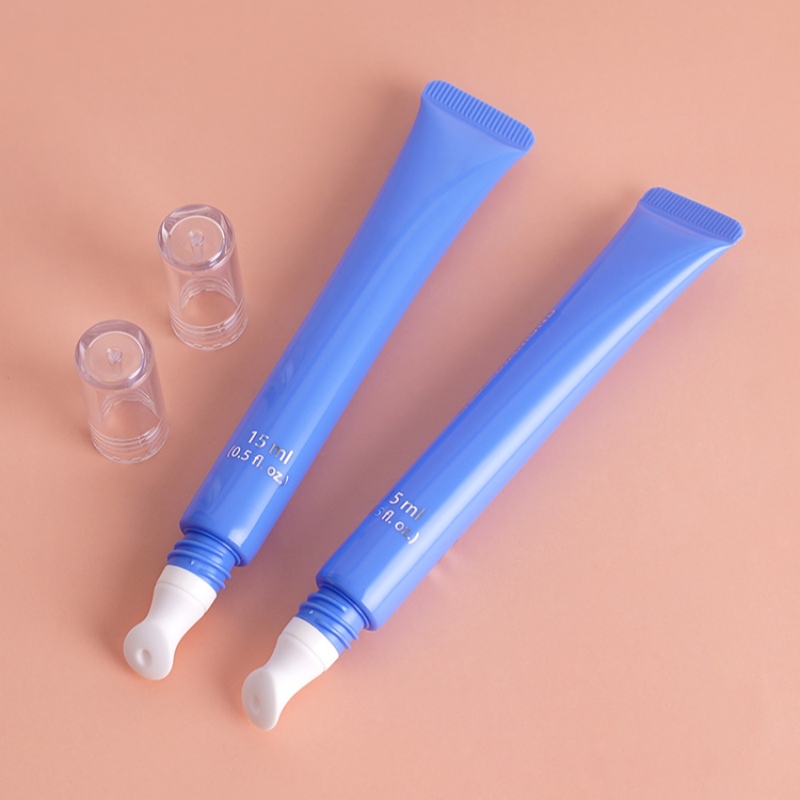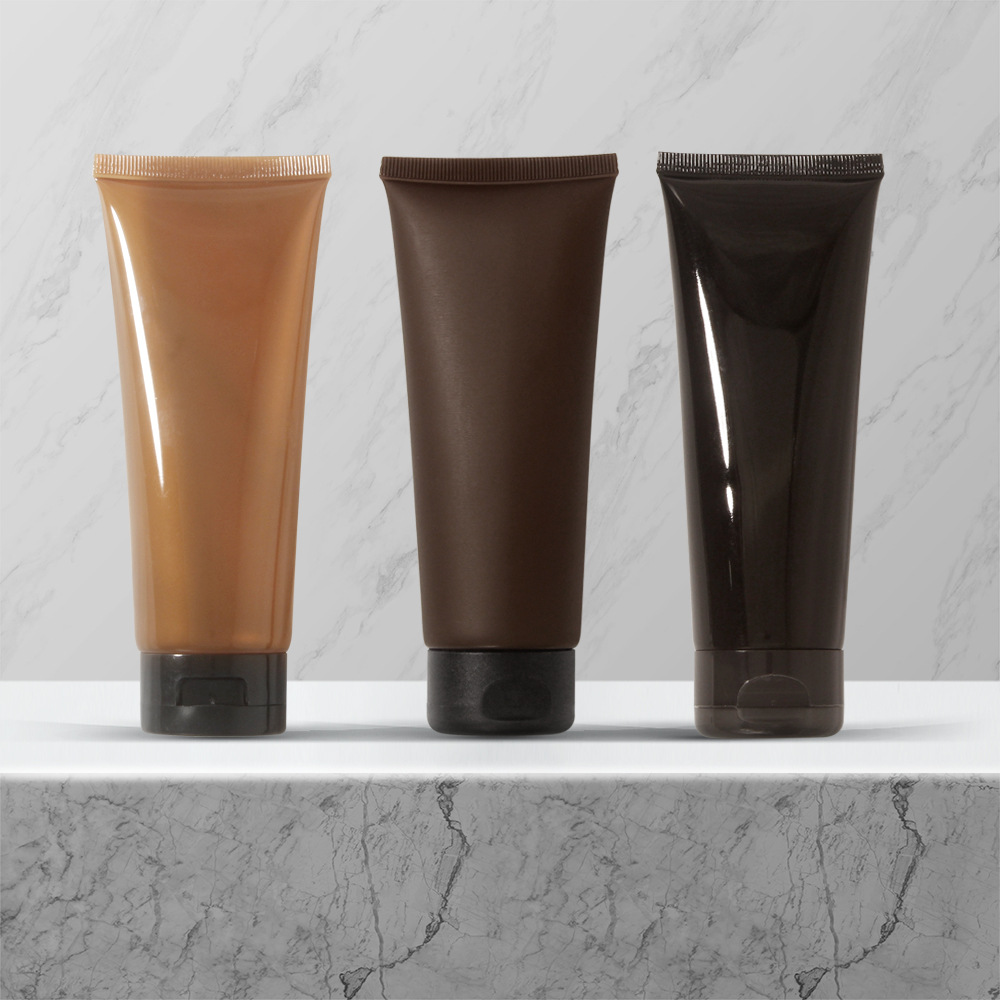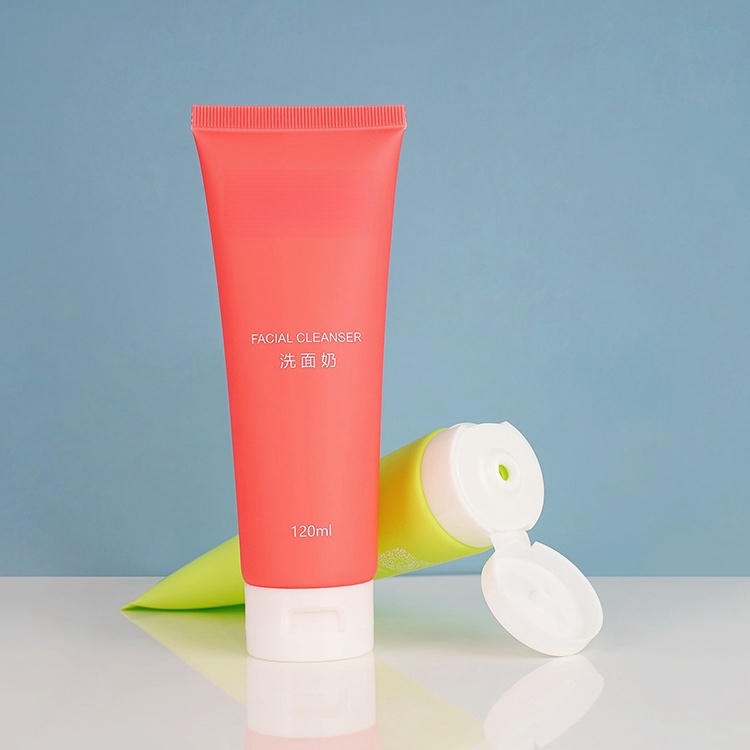

What is the Difference Between Cosmetic Tubes?
As the health and industry continues to thrive, the field of cosmetic has also experienced significant growth, with cosmetic tubes becoming an essential part of the industry. The variety of tube options has expanded to meet the diverse needs of , personal care, and cosmetic products. Let’s explore the key differences in cosmetic tubes, from their structure and shape to materials used in their manufacturing.

Cosmetic tubes are available in various structures, each designed to enhance the performance and user experience of the packaged product. The main types include single-layer, double-layer, and five-layer tubes. The structure of a tube affects its anti-pressure, anti-penetration, and overall hand feel.
Five-layer tubes: These tubes are made up of an outer layer, inner layer, two adhesive layers, and a barrier layer (usually EVOH). The EVOH barrier layer is highly effective in preventing air and moisture from affecting the product inside, making these tubes ideal for skincare packaging and high-end cosmetics.
Double-layer tubes: These are more commonly used for products with moderate requirements for barrier properties and cost-effectiveness.
Single-layer tubes: These are used for more basic, low-cost products in the personal care industry. Single-layer tubes, often made of PE or other plastic materials, provide basic protection for everyday cosmetic items.
Cosmetic tubes come in a range of calibers to suit various product types. The caliber determines the volume and shape of the tube, as well as the application. The tube's capacity is usually adjusted according to its diameter and length.
Small calibers (below 35mm) are typically used for tubes containing less than 60ml, such as hand tubes and other skincare packaging products.
Medium calibers (35mm–45mm) are commonly used for tubes with capacities between 100ml and 150ml, such as shampoo bottles and larger cosmetic tubes.
Large calibers (above 45mm) are used for larger tubes with capacities exceeding 150ml, typically for products like body s and other personal care products.

The shape of a tube can significantly impact the aesthetics and user experience of a product. Some common shapes include:
Round tubes: The most traditional and widely used tube shape for cosmetic packaging.
Oval tubes: A sleek, modern alternative, ideal for premium cosmetic packaging.
Flat tubes: These tubes are becoming more popular in skincare packaging due to their unique appearance and practicality.
Ultra-flat tubes: A newer design that offers a minimalist aesthetic while providing convenient functionality for personal care products. These tubes are often more costly due to the complexity of their design.

The cap design is another important factor in cosmetic tubes, not only for functionality but also for brand aesthetics. Common cap shapes include:
Flat head covers: Simple and classic, these caps are easy to use and seal well.
Round head covers: Often used for a more traditional or elegant look.
High covers: These caps provide a sleek, taller design for products like cosmetic tubes.
Flip covers: Popular for ease of use, particularly in skincare packaging.
Super flat covers: These caps are typically used for more modern packaging designs, especially for eco-friendly products.
Double-layer covers: Used for premium cosmetic packaging, offering enhanced aesthetics and functionality.
Spherical and lipstick covers: These unique cap designs are typically used for products like lip balms and other smaller cosmetic tubes.
The sealing method used for cosmetic tubes is crucial for ensuring product integrity and preventing leakage. Common types of seals include:
Straight seals: Simple and reliable for most skincare and personal care products.
Diagonal seals: Often used for more innovative packaging designs.
Umbrella seals and star-point seals: Special sealing methods that provide enhanced security and branding opportunities.
Special-shaped seals: Used for unique or custom-designed cosmetic packaging that aligns with a product's branding or marketing strategy.
The appearance and color of a tube play a key role in brand presentation and product appeal. Common cosmetic tube options include:
Colored tubes: Often used to match the branding or to make the product stand out on the shelf.
Transparent tubes: Ideal for skincare and other personal care products, as they allow consumers to see the product inside.
Transparent frosted tubes: Provide a sophisticated, matte finish that is commonly used for premium skincare packaging.
Pearlescent tubes: Used for high-end cosmetic tubes to create a luxurious look and feel.
Matte and glossy finishes: Matte tubes offer an elegant, modern look but are prone to dirt and fingerprints, while glossy tubes offer a shiny, sleek appearance that catches the eye.
For tubes with large-area printing, such as hand cream tubes or shampoo bottles, it’s important to use high-quality inks to prevent peeling or cracking, especially if the tail of the tube is white.

The world of cosmetic packaging is vast, and choosing the right tube for your skincare or personal care product can have a significant impact on both functionality and brand image. Whether opting for five-layer tubes for enhanced product protection or choosing eco-friendly materials for sustainable cosmetic packaging, the options are plentiful. With innovations in tube design, such as flat tubes and high-gloss composite tubes, brands can tailor their packaging to meet both aesthetic and practical needs, ensuring that the packaging not only protects the product but also enhances its appeal in the market.





